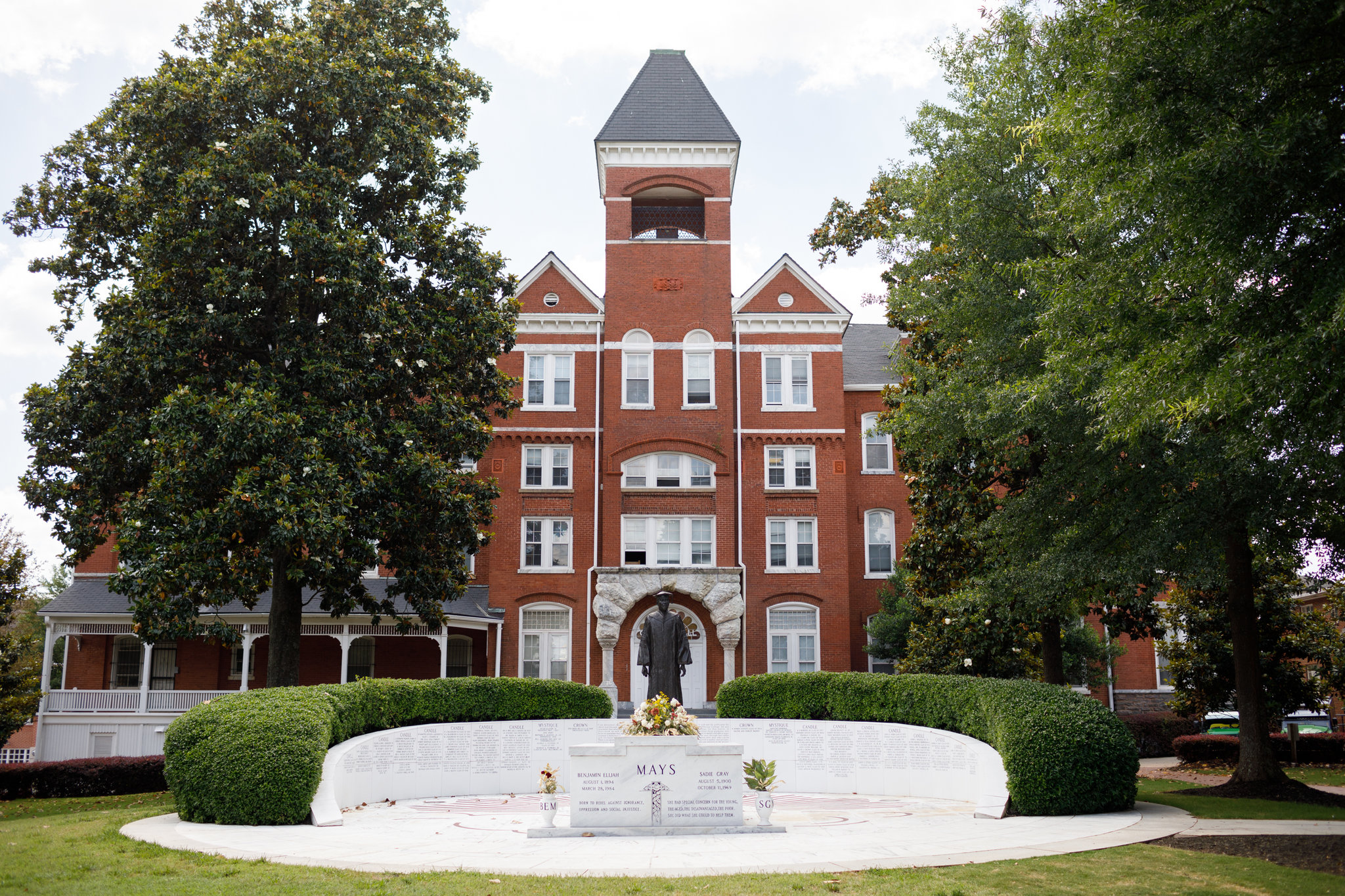By Adam Starks
Home to ten Historically Black Colleges & Universities (HBCUs)—the third-most in the nation—Georgia sets a standard for Black excellence. Political leaders like Martin Luther King Jr., authors and activists like Alice Walker, and NFL Hall of Famers like Shannon Sharpe all graduated from Georgia HBCUs. Even after the 1961 integration of higher education in the state that began with the University of Georgia, many African American students continue to pursue degrees at Historically Black Institutions. Yet recent bomb threats made towards HBCUs across the nation during Black History Month highlight the persistence of prejudice against Black students choosing to exert their rights to equitable education.
Access to education remains an issue for Black students. Linda Brown, Ruby Bridges, the Little Rock Nine, UGA’s Hamilton Holmes and Charlayne Hunter-Gault—every effort to increase access to an educational system previously only reserved for whites was met with outcry, violence, and riots. Today, attendance rates for Predominantly White Institutions (PWIs) like UGA remain disproportionate to national and state race/ethnicity demographics. A combination of factors, from student resources to application processes, all keep admissions numbers low. In conjunction with issues at the university-level like a lack of diverse faculty or curriculum, many black students feel that these factors foster an environment without necessary community and support. As a result, many students elect to attend HBCUs that offer considerable aid to lower income students and provide community and social understanding not often found at PWIs. This is supported by numbers as retention and graduation rates are higher for Black students at HBCUs than those who attend non-HBCUs, with 20% of black graduates coming from HBCUs even though they make up only 3% of all colleges.
Unfortunately, these schools still face inequitable funding, especially at the state level. This past semester, students at Howard and the Atlanta University Center (a consortium consisting of Morehouse College, Spelman College, and Clark-Atlanta University) protested against poor housing conditions due to limited funding. Government funding, especially at the state level, has long been limited for HBCUs and has thus created a snowball effect of failing infrastructure in need of renovations. Federal funding for education has declined across the board, but it’s been particularly hard hitting for HBCUs, namely private HBCUs. Moreover, private HBCU’s endowments are a quarter of those of their PWI counterparts, forcing them to rely heavily on tuition costs. Subsequently, students who chose HBCUs for increased aid/scholarships or come from low-income backgrounds are being forced to take out loans, exacerbating the student loan crisis. While the government provided additional aid during the COVID-19 pandemic to help HBCUs stay afloat, many schools are unhappy with the White House’s recent budget bill that still leaves them struggling due to historical hurdles and endowment deficits.
For students dealing with poor living conditions and rising costs, the bomb threats that have affected over a dozen HBCUs are just another instance of American disregard for black education. An overwhelming number of college presidents believe their schools have positive race relations. Politicians and school districts across the nation are attempting to outlaw discussion of race in the classroom on the basis that equality already exists in education and it would act as a tool of division. But looking at university, state, and federal policies and their outcomes, a different story is being told. Spelman College, a historically Black women’s college in Atlanta, has been shut down three times in the past month as a result of threats, attempting to impede the education of young black women. These threats have gone one for over a month and affected thousands of students, leading many of them to critique the minimal news coverage and lack of progress in investigations.
As they return to campus, students are reminded by the deteriorating and overcrowded buildings that racism in higher education is not just a social issue—rather, it is an issue that pervades the government and educational institutions that should be providing help. Black accomplishments are regularly minimized and atrocities committed among them go unrecognized. Yet right now, during a month of remembrance, attacks against accomplished Black individuals continue, not just by anonymous bomb threats, but through systemic injustice at the heart of education.
